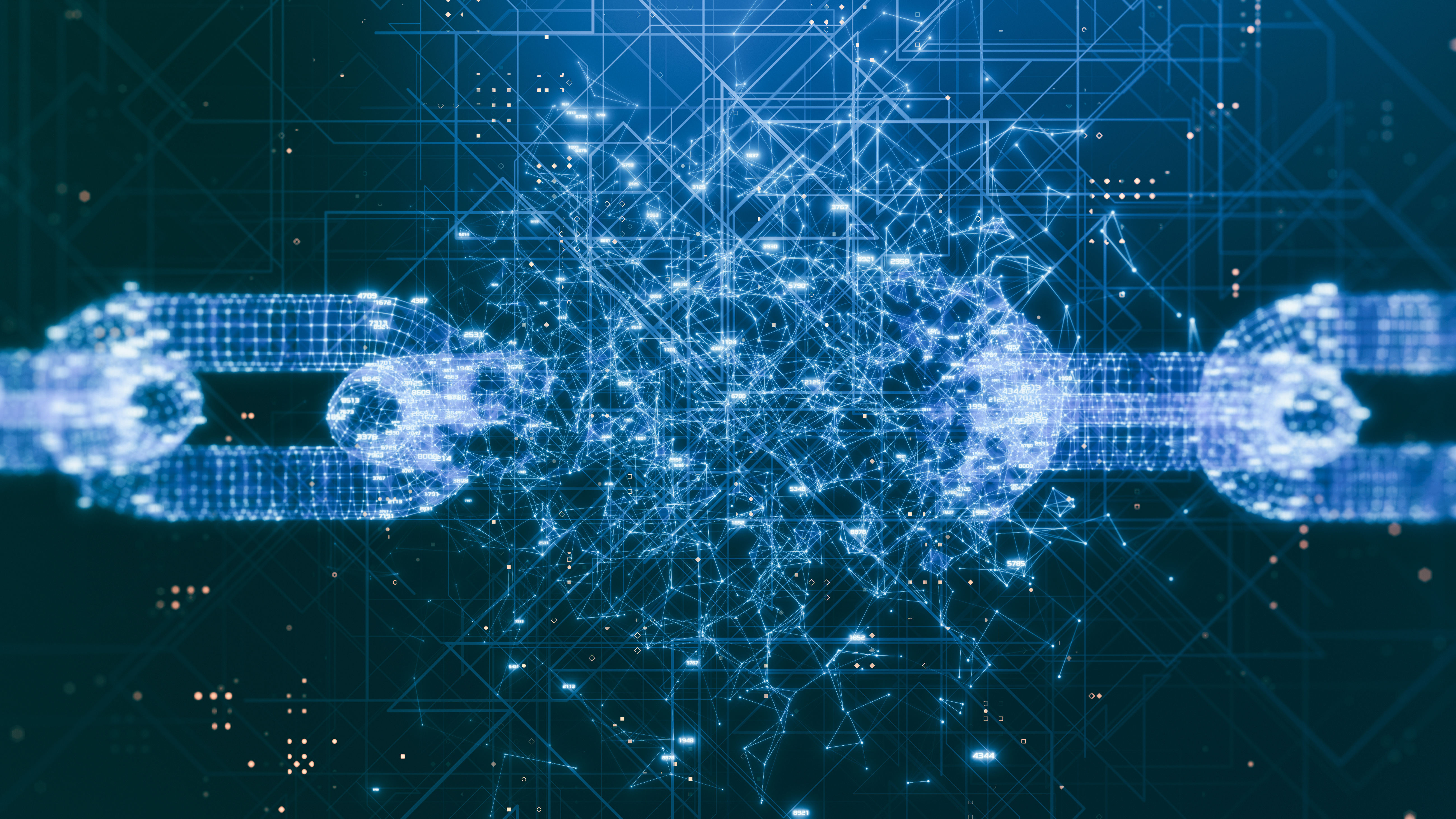
CISOs face more cybersecurity challenges today than ever. As technology gets more advanced, so do the bad guys. Cyberattacks are becoming more clever and dangerous. On top of that, there’s no shortage of rules, regulations, and personal risk that CISOs must navigate.
We surveyed 200 CISOs to better understand the biggest challenges they face today. Here’s some of what we learned.
New SEC Regulations
The new rules from the SEC have added a huge layer of complexity to the responsibilities of CISOs. These regulations emphasize transparency and faster reporting times after a breach, but they also pack a punch with adverse repercussions for noncompliance. Many cybersecurity leaders aren’t feeling overly confident in their ability to comply, with fewer than half reporting their organizations as being “very prepared.” However, while these new regulations may make CISOs uneasy, they also present an opportunity to advocate for necessary resources and more robust security practices. By aligning their objectives with regulatory demands, CISOs can effectively communicate the importance of security to executive leadership and other business units, fostering stronger relationships and integrating cybersecurity into the broader business strategy.
The Great Debate: Who Should CISOs Report To?
As the regulatory landscape continues to shift, it’s sparked an ongoing debate about the optimal reporting structure for CISOs. While 44% of organizations favor a direct line of reporting from CISOs to the CEO, a slightly larger percentage (53%) still adhere to the traditional structure of placing CISOs under the CIO. The debate remains far from settled, with veteran cybersecurity leaders noting pros and cons of each choice, including nontraditional reporting tracks like direct liaisons with the board, CFO, or general counsel.
Emerging Risks With AI
The rise of AI has introduced a new dynamic to the cybersecurity realm. As AI becomes mainstream, cybersecurity leaders are making significant investments in AI-powered security tools. However, the management of risks associated with AI usage by employees presents a new challenge. A sizable 31% of businesses have yet to establish an acceptable use policy around AI, and a similar percentage lack training programs that address the potential security threats posed by AI tools.
Personal Risk
The increasing pressure and personal liability associated with their roles have CISOs and other cyber leaders considering their options. With potential jail time and SEC sanctions looming, 66% of these professionals are taking measures to protect themselves, from obtaining indemnification agreements to seeking outside legal counsel. This level of stress is particularly prevalent among cybersecurity leaders at smaller organizations, who are 2.5 times more likely to contemplate leaving their role due to the constant changes in the threat and regulatory environment.
In conclusion, navigating the current cybersecurity landscape requires a comprehensive understanding of the challenges at hand. It calls for flexibility in reporting structures, effective communication, a strategic approach to AI, vigilant adherence to the SEC cybersecurity rules, and proactive measures to mitigate personal risk. By understanding and addressing these challenges head-on, CISOs can help their organizations more effectively protect their digital assets and maintain a robust defense against cyberthreats.
The Modern CISO: An Essential Guide for CISO Success takes a deeper dive into the cybersecurity challenges CISOs face today. It’s also full of advice from some of the best in the business. Download it today!
Frequently Asked Questions
High CISO turnover can lead to gaps in an organization’s cybersecurity strategy, making it vulnerable to cyberattacks. Frequent leadership changes can result in inconsistent security practices, delayed implementations of essential controls, and challenges in aligning cybersecurity goals with business objectives. Long-term retention of cybersecurity leaders helps maintain a steady, robust security program.
Source: https://chiefexecutive.net/how-to-handle-todays-high-ciso-turnover/
- Enhance Collaboration: Build stronger partnerships with legal, financial, and risk teams to streamline compliance efforts and improve materiality assessments.
- Implement Clear Incident Response Plans: Create detailed incident reporting workflows that align with the SEC’s timelines and materiality requirements.
- Focus on Board-Level Communication: Develop concise, actionable reports and training programs for board members to bridge the technical gap.
- Leverage Technology: Use advanced analytics, dashboards, and automation to monitor and document cybersecurity incidents and risks in real time.
- Stay Informed: Keep abreast of evolving SEC guidelines and other global regulations to ensure compliance strategies remain up to date.
Source: https://www.informationweek.com/cyber-resilience/sec-cyber-disclosure-rules-usher-in-a-new-era-for-cisos
- Increased Reporting Obligations: CISOs must ensure their organizations comply with stricter reporting requirements
- Board-Level Cybersecurity Accountability: The SEC regulations require organizations to disclose the board of directors’ role in overseeing cybersecurity risks, as well as the cybersecurity expertise of board members.
- Materiality Assessments and Decision-Making: Determining whether a cybersecurity incident is “material” requires a nuanced understanding of business impact. The SEC defines materiality based on whether an incident would influence an investor’s decision-making.
- Enhanced Cyber Risk Governance: Companies must disclose how cybersecurity risks are identified, assessed, and managed, as well as how those processes integrate into overall risk management.
- Balancing Compliance and Operations: CISOs are tasked with achieving compliance without compromising day-to-day security operations.
- Liability and Personal Accountability: With cybersecurity now explicitly tied to financial and legal disclosures, CISOs may face personal liability for failures in compliance or misrepresentation of cybersecurity practices.
- Pressure to Demonstrate Cybersecurity ROI: SEC requirements emphasize transparency around cybersecurity investments and their alignment with organizational risks.
- Public Perception and Investor Relations: Cybersecurity disclosures can impact public perception and investor confidence. Disclosed incidents may lead to reputational damage or stock price volatility.





